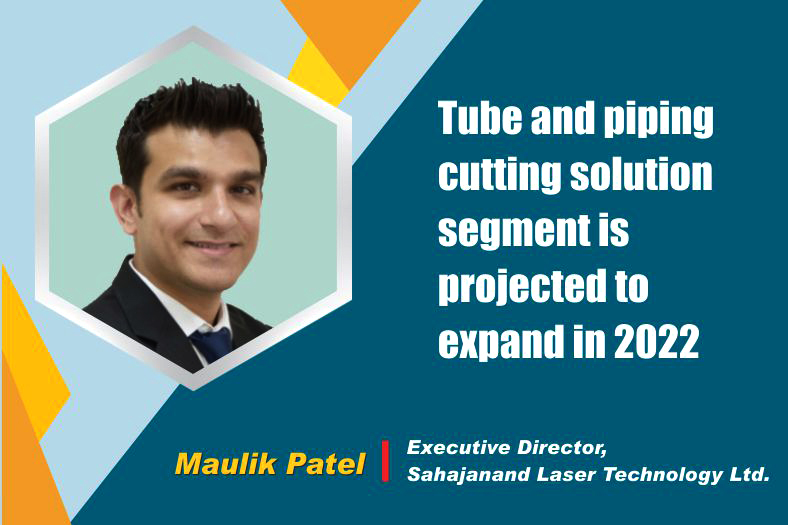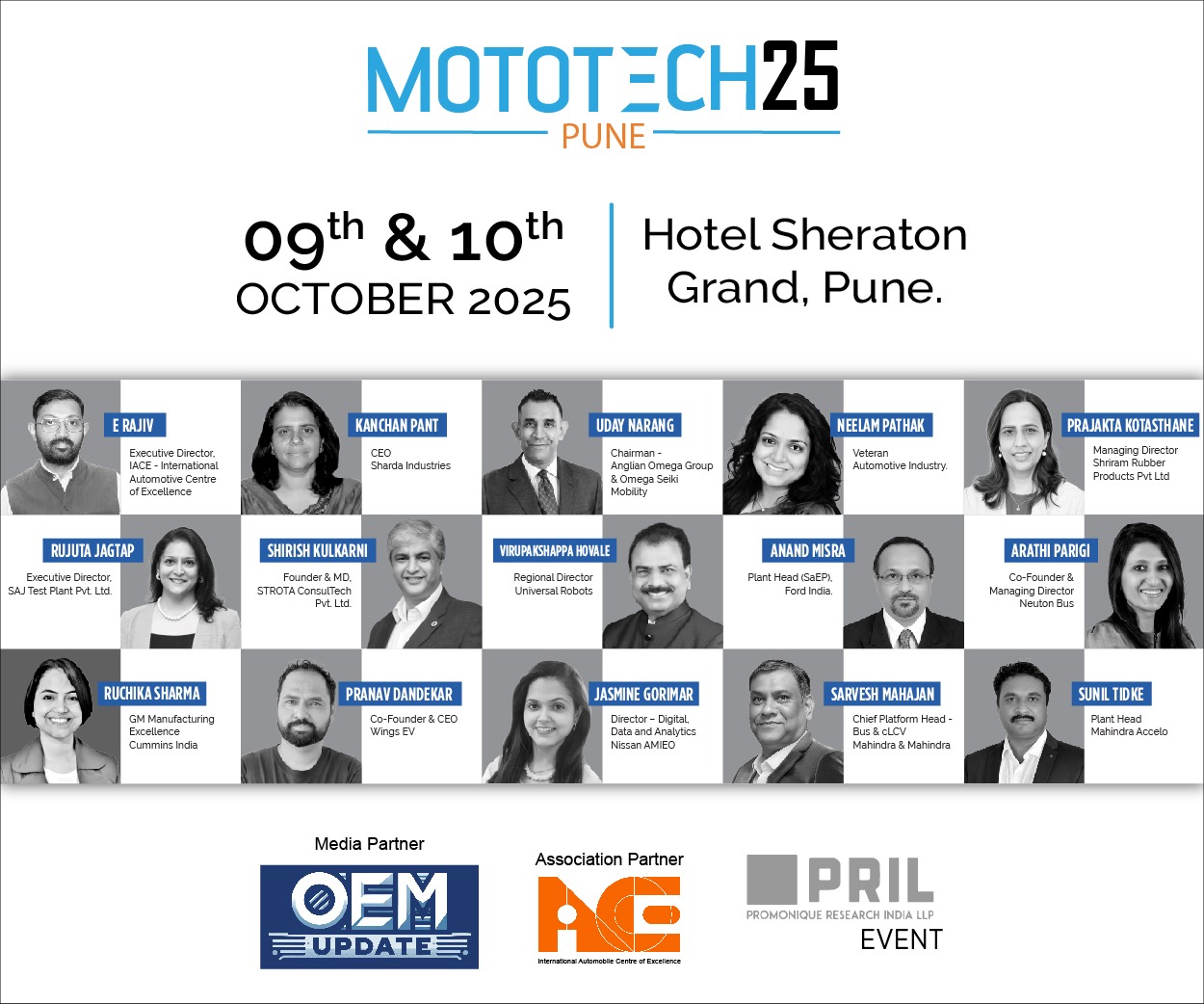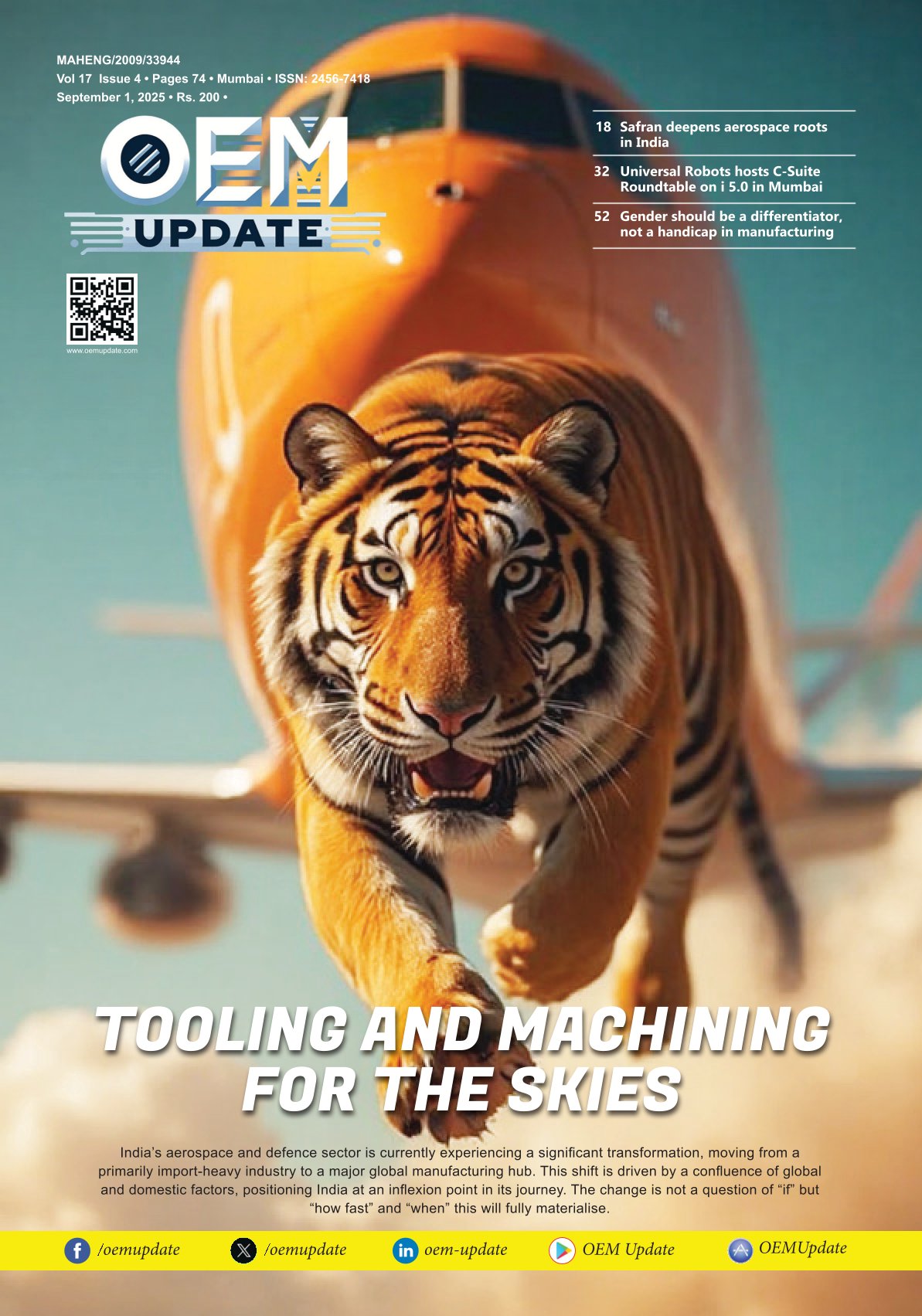Tube and piping cutting solution segment is projected to expand in 2022
By OEM Update Editorial February 1, 2022 4:41 pm IST
Significant investment is required for upgrading and automating, as the industry is still lagging in acknowledging the prevailing technology.
What are the upcoming technology trends in metal forming/ metal cutting?
As corporations spend to fulfil rising capacity demands for a developing economy, a noticeable pattern has emerged: a substantial number of new lasers are outfitted with some type of automation. The choice to automate is frequently influenced by a complicated set of circumstances rather than a single factor. Modern laser cutting equipment is fully automated and requires very little human intervention.
We have been trying to expand our production facilities while simultaneously innovating high-tech solutions for the industry since the debut of the world’s first fibre laser cutting machine. Mild steel, stainless steel, aluminium, brass, and copper are just a few of the other metals that can be precisely cut by lasers. Laser cutting has become the industry standard due to its automated capabilities.
As technology improves and changes are done at a quick pace, the industry is reaching for new heights. The future of the industry is IoT-enabled machines, Industry 4.0, and enabling application digitization. In addition, we cannot forget robotic application and shop floor automation, which are the newest developments in the metal forming business, while addressing the future.
For cutting intricate shapes and designs, laser cutting is now finding new applications in industries such as handicrafts, renewable energy, and fitness equipment manufacturing, as well as in the manufacturing of machining tools, and EEVs where laser technology aids in the production of smooth edges and high-quality output.
What are the latest offerings in the market with respect to standard format laser machines?
We can observe that the metal forming sector has risen in recent years and is now serving all other industries. Even small fabricators are transitioning to laser technology and associated smart factory peripherals these days because it is the newest trend and the most cost-effective solution in the metal forming industry.
Today’s laser cutting machines are compact with faster and better-cutting speeds. These power-packed systems have the ability to cut thin and thick metals at the same time, they can process steel and aluminium on a single machine. Another area that is expected to grow this year is tube and pipe cutting. This segment has begun to grow as a result of the economical cost of tube cutting solutions with finest cutting results.Tube and piping cutting solution segment has prospects to grow this year
In recent times, another fascinating feature of these high power laser machines is their modular product architecture, which allows users to upgrade the systems to meet their changing needs. And smart nesting software in laser cutting systems reduces material waste, which is not possible with conventional cutting solutions.
Not only that, but the laser cutting machines for sheet metal cutting application can now be equipped with a rotary attachment, allowing the processing of tubes alongside sheets in a single solution. In order to process a greater number of tubes, a dedicated laser tube cutting machine is also available. Because of its cutting-edge technology and precise finish, the sheet metal forming industry is now replacing its equipment with fibre lasers to achieve accurate results at an economical price.
What are the challenges and current trends prevailing for workmen safety as well as trends impacting the industry?
When it comes to workplace safety, there is no such thing as a “versatile” solution. Everyone’s workplace safety is not the same as there are various safety standards for different tasks and applications, both in terms of content and frequency of training. We not only conduct regular training programmes but also have third-party audits to ensure that all safety protocols are followed.
The recent trends in terms of workplace safety for the metal forming industry include the usage of protective gloves and other safety gear for all the operators to ensure the best possible work environment. Also, the smart nesting software allows easy nesting of the sheet and accordingly processing the application with no human interaction to the material and laser while performing the cutting application. Meanwhile, tip touch disables the machine if any contact is detected near the laser to ensure that everything is in place and at a safe distance.
Recent challenges or threats include more physical meetings and in-person interaction as a result of the pandemic. Because of this, we added digitalization in our work to access data and shifted our resources to the cloud and provided solutions to our customers.
Cookie Consent
We use cookies to personalize your experience. By continuing to visit this website you agree to our Terms & Conditions, Privacy Policy and Cookie Policy.
















